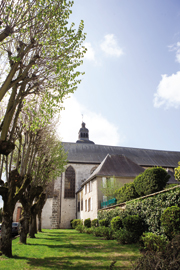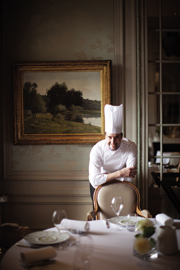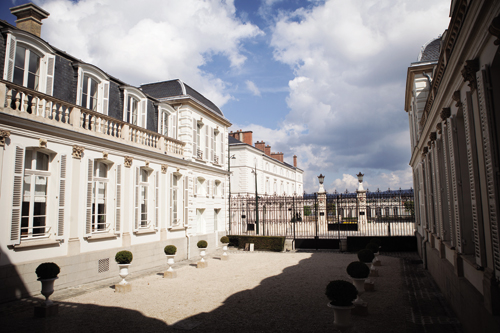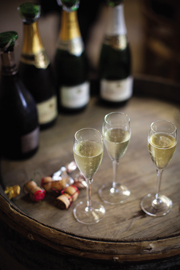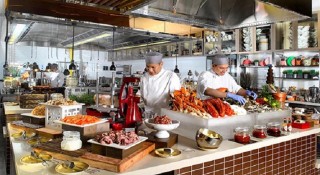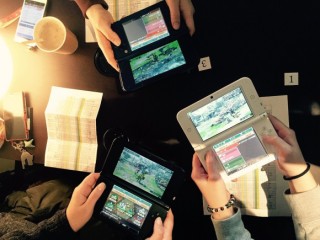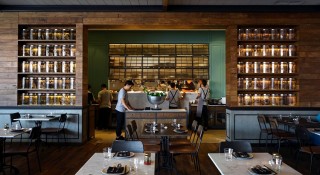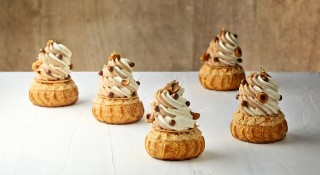Emerging into the sunlight, we continue our drive along the Voie de la Liberté (the route followed by Allied forces on their march to Bastogne in 1944) for the picturesque hill town of Hautvillers, where row after row of grapevines stretch away as far as the eye can see. Hautvillers is a pilgrimage stop of sorts for bubbly enthusiasts, for it was here, in the cellars of the Abbey of Saint-Pierre in 1693, that a Benedictine monk named Dom Pierre Pérignon is credited with having invented sparkling wine. “Come quickly, I am drinking the stars!” he supposedly said at his eureka moment. But it didn’t happen that way. Though Pérignon made significant contributions to the winemaking process, he didn’t invent champagne—in fact, he worked hard to get the sparkle out of his wine, since the bubbles produced by secondary fermentation could break the bottles of the time. Still, the monk’s name lives on in Moët’s premiere champagne, which just so happens to be made in the town of Épernay, our next stop.
Épernay’s spotless, yew-lined Avenue de Champagne is home to most of the world’s major champagne houses: Perrier-Jouët, Mercier, Boizel, De Castellane, Esterlin. Pol Roger, at number 44, was once described by Winston Churchill as “the world’s most drinkable address.” Many of the grand 19th-century chateaux are open to the public, including Moët & Chandon, whose marble halls and colonnaded courtyard, perched above their own labyrinth of cellars, are as impressive as they come.
In the center of town, we stop for a tasting at a stylish new Champagne bar and wine shop called C.Comme. Owner Frédéric Dricot carries labels from more than 50 independent producers, including Daniel Moreau, who makes one cuvée entirely of white Chardonnay (blanc de blanc) and another of equal parts Pinot Noir and Pinot Meunier (blanc de noir). The first is all sweet floral notes; the second robust and fruity. We carry bottles of both back to the car.


